Guest Column: Clinician for Substance Use Disorders offers aid to students
September 19, 2017
Free Resource on Campus
Most students do not imagine they could fall into a category of “high risk” drinker or even substance user when they envision their life on campus. When speaking to students in my position at Student Health Services as the Clinician for Substance Use Disorders (SUD)—many say that alcohol or other drug use is “part of the college experience.” My response to them: “What would you like your experience to be”?
Students’ reactions vary and this is a big reason why I have enjoyed my work and continue to for the years I have been in this industry—its diversity and individuality in the stories I hear. Along with their variety in treatment goals, I can say that OSU students are similar in that they all express a commitment to learning. At times though, what some identify getting in the way of their efforts toward obtaining their degree is money and time spent with friends engaging in drinking or other drug use. The reasons for using alcohol and other drugs can vary from person to person, in fact [insert reason here].
A user’s experience is dependent upon different things like the toxicity of the drug and the amount ingested, along with other related factors such as; their mood and mental state at time of use, surroundings in which the drug is taken or even pre-existing mental illness (Inaba, D & Cohen W., 2014).
Often times where I come in is when the experience is something other than what the student was looking for. Students come to see me with varying individual goals of abstinence, harm reduction or recovery. Sessions are confidential.
Talking Substances of Use & Abuse on Campus
Alcohol. Among one of the most common substances on campus that students see me. While there can be a misperception that “everyone drinks”, research from the American College Health Association indicate that more than 34% of OSU undergraduate students did not engage in past 30-day alcohol use and more than 67% that did drink did not engage in high risk drinking (ACHA-NCHA, 2016). Not everyone is drinking.
Alcohol is “especially toxic to the developing brain…and stops new brain cells from maturing” (SAMHSA, 2016). Students should know that drinking at an early age has the potential to affect your ability to learn. Neuroscience tells us that a fully developed prefrontal cortex does not occur until our mid-twenties. Many significant changes, of which can specifically occur between the ages of 18-25. This area of the brain is responsible for executive functions such as judgment, planning, and decision-making, even keeping emotions under control. Mixing alcohol with other substances is discouraged due to the risks and unpredictability of outcomes.
Marijuana. Recreational use is not legal on campus or for those under the age of 21. While most students I see understand this, I like to inform students whenever possible. When surveyed, almost 53% of undergraduate students at OSU reported never having tried marijuana. In addition, only 27.9% of students reported past 30-day marijuana use through anonymous survey while this same survey shown that students misperceived almost 90% had used marijuana in the same past thirty days (ACHA-NCHA, 2016). Not everyone is using.
The change I have noticed over time is the perceived risk with marijuana use among users has dropped despite its increase in potency. The National Survey on Drug Use and Health reported that 50% of users who used 1-2 times a week had a perceived great risk of harm of the drug in 2002. The Substance Abuse and Mental Health Services Administration reported that perceived risk had fallen to 17% in 2016.
Plant marijuana and its THC level was equal to 3% in the 80’s, today it is between 20-30%. Concentrates like oils and other dabs are as high as 90%. Students can also underestimate activation times with edible forms, ranging from 30 minutes to two hours. Ingestion is often associated with overdose/over consumption, and emergency department visits.
Kratom. This psychoactive substance, literature describes as a plant native to Southeast Asia. So why then do I refer to it as a “psychoactive” substance? A psychoactive substance has the ability to act on the central nervous system, where it then alters brain function resulting in temporary changes in perception, mood, consciousness, and behavior. Kratom has two psychoactive and analgesic components that bind to opioid receptors in the brain making the user susceptible to physical dependence and developing tolerance or even a substance use disorder. It is illegal in many Southeast Asian countries of its origin (Prozialeck, WC, Jivan, JK, Andurkar, SV, 2012).
Withdrawal symptoms are similar to that of opioid withdrawal. Chronic use is associated with dry mouth, constipation and darkening of the cheeks or facial skin. Fatalities reported in patients involved in the use of kratom and using other certain medications or decongestants (Professional Resource, Nov 2016). If you are using kratom, please consult your health provider.
Adderall. Students typically engage in its nonmedical use for the initial release of extra neurotransmitters whereby a user can experience increased confidence, focus attention, and induce euphoria. Unwanted effects that follow from prolonged use include restlessness, irritability, and insomnia. In addition; “Polydrug use of a stimulant with a depressant such as alcohol can cause additional, unexpected, and possibly life-threatening cardio-vascular effects” (Inaba & Cohen, 2014). Consequences of extended use can lead to tolerance, which leads to increased use, and extended use, leading to depression and even more severe physical health issues.
If you do happen to find yourself with friends, hanging out. Maybe you are on your own, wondering about the effects of your substance use over time, frequency, amount, etc. – or it’s a friend you are concerned about and you want to ask questions for them, or you’re in recovery seeking additional support… I encourage you to call, schedule an appointment. It is confidential. My services are free to students that self-refer and unlimited throughout the year. Students can schedule an appointment with me by calling Student Health Services at 541-737-9355.


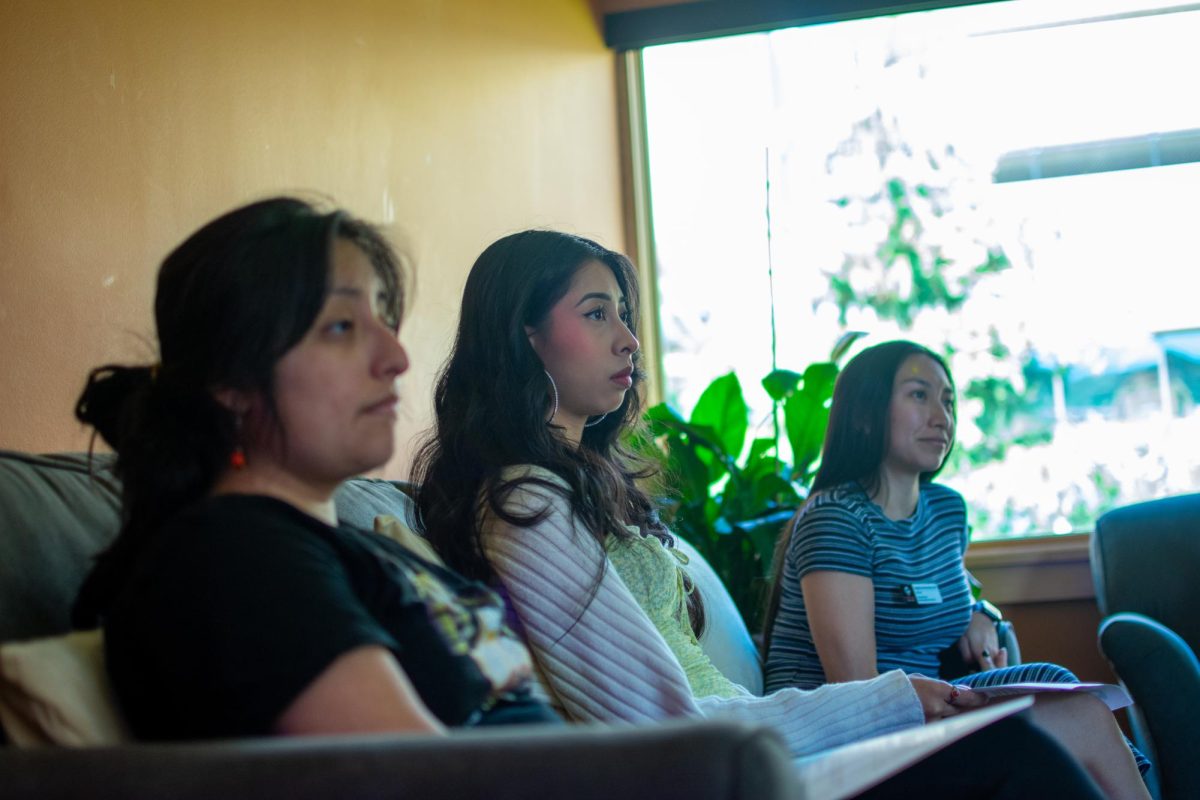

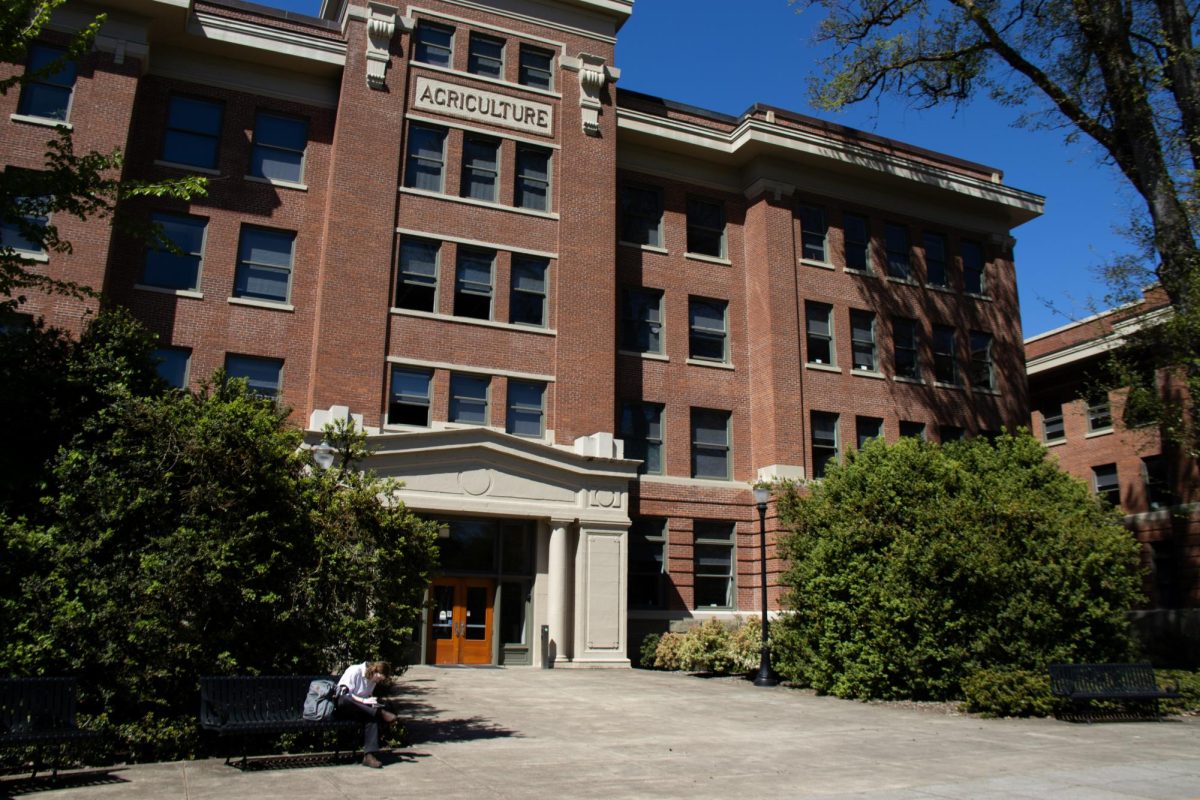
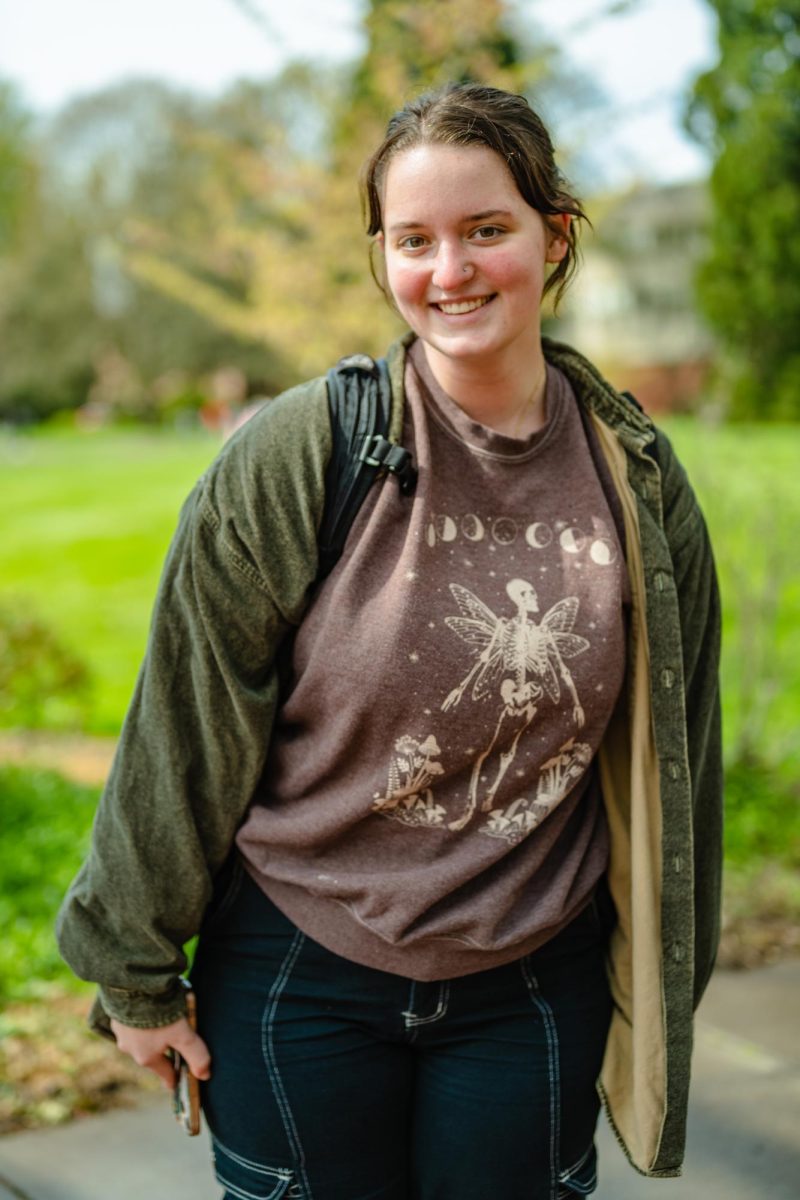


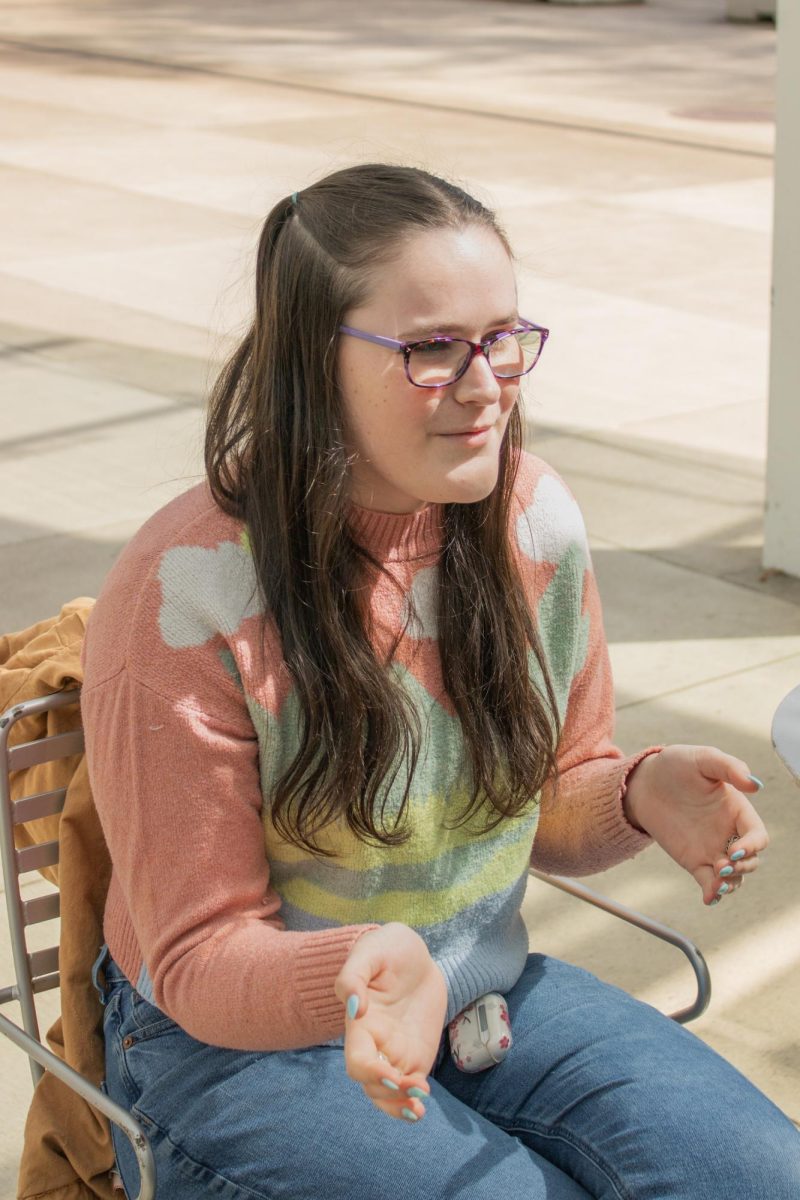



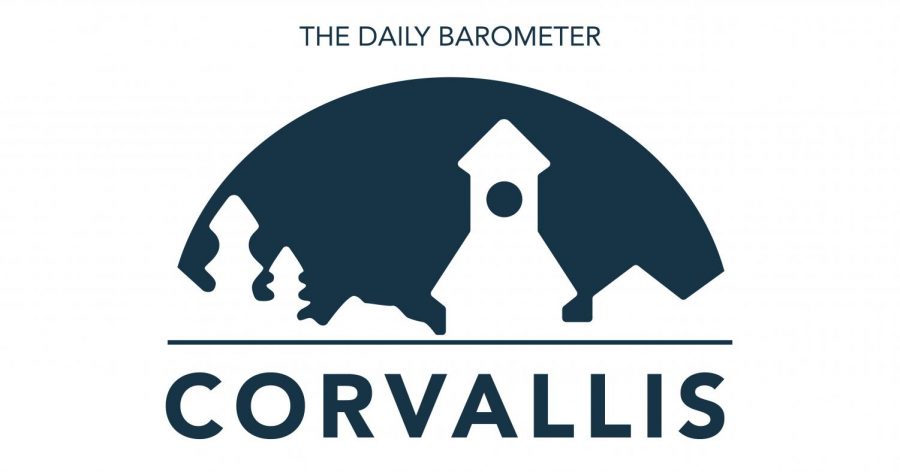

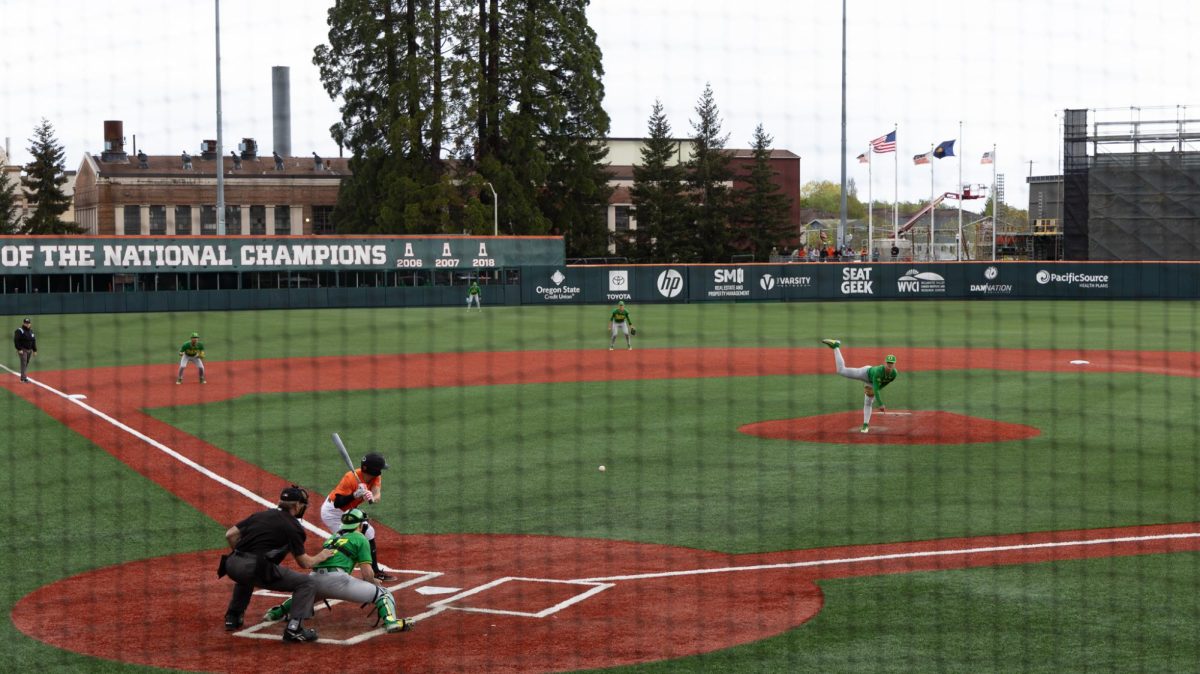

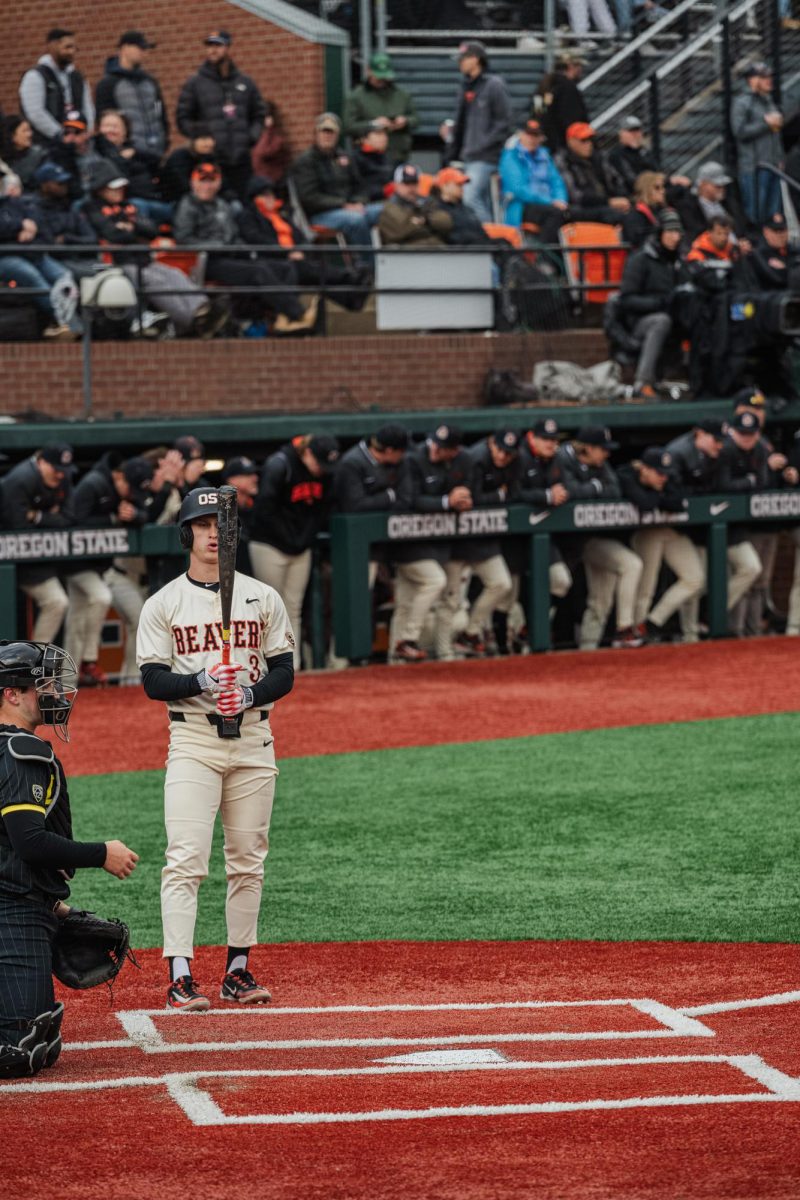































































































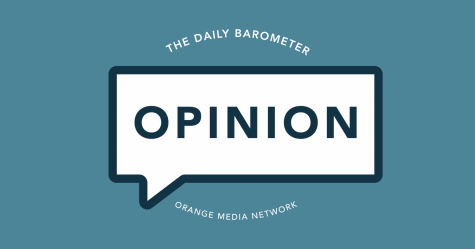


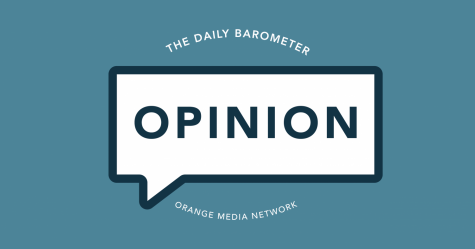

Janet Stu • Apr 4, 2022 at 12:04 pm
Very helpful article post here. Thank you.
Best osu mania skins